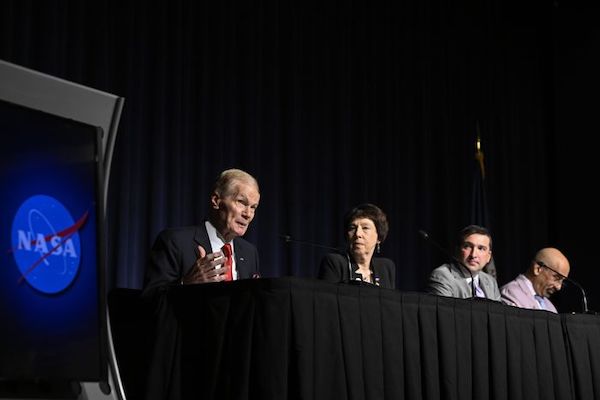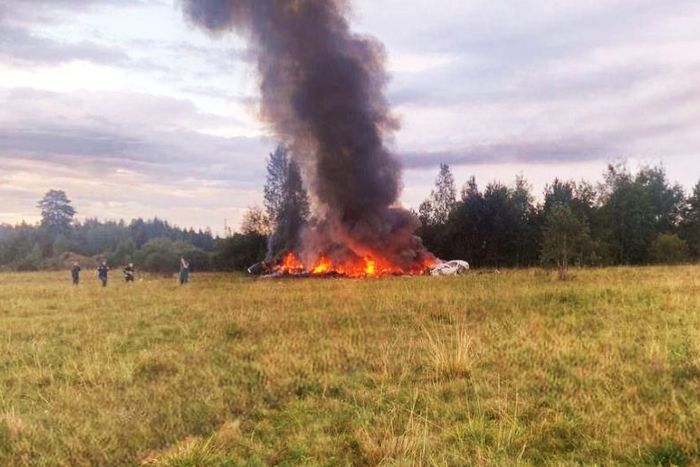It was all quite serene, at first. Out on a gated-off section of taxiway at Geneva Airport in May, a row of private jets (PJs, to fans) gleamed under the warm spring sun: Bombardier Challengers, Dassault Falcons, and Gulfstreams stood in a line beneath the distant verdure of the Alps. The display was part of the European Business Aviation Convention and Exhibition, a yearly confab that brings together manufacturers and service providers with their ultrarich customers in a politically neutral safe space. Velvet ropes and red carpets separated the curious onlookers from the VIPs being escorted aboard to tour the cabins and cockpits with swiveling leather club chairs, walnut veneer, and, in at least one case, a stateroom with an extra-long seat belt stretching across a full-size bed. The vibe was discreet, calm, befitting an environment designed to cosset the fortunate as they wafted through the upper reaches of the stratosphere.
Then, a hubbub of shouting and a rumble of footsteps. A hundred young climate protesters wearing orange vests like airport workers had broken through the fences and were racing toward the aircraft, juking past the employees who were trying to fend them off. Not all the manufacturers’ employees fought with equal vigor. “You really found out where people’s loyalties lay,” one told me later. “Some ran forward, and some cowered.” Amid the confusion, a few protesters managed to handcuff themselves to some of the planes’ landing gear, where they chanted and held signs reading “Private Jets Burn Our Future” and “Fuel Inequality.” In the end, police hauled off the protesters, and the trade show went on, albeit with a slightly shaky, post-traumatic skittishness.
The skirmish encapsulated the tensions that have begun to grip private aviation. At a time when income inequality has reached dizzying extremes, there has never been so much money pouring into an industry that’s become a byword for extreme luxury, nor has flying private enjoyed so much cultural resonance: stealing scenes in Succession and BlackBerry, infiltrating news headlines about Supreme Court justices, inspiring rap lyrics, and obsessing thirsty TikTokers. At the same time, it’s come under withering attack as a proxy for the self-destructive obliviousness of the megarich and become a symbol of how unfair and unsustainable their privilege is. With regulations tightening in several European countries and pressure building for more, it’s entirely possible that private flying’s sudden cultural ascendancy could help pave the way for its ultimate demise.
Continue reading New York: The Airstocracy: Six things to know about flying with the superrich


